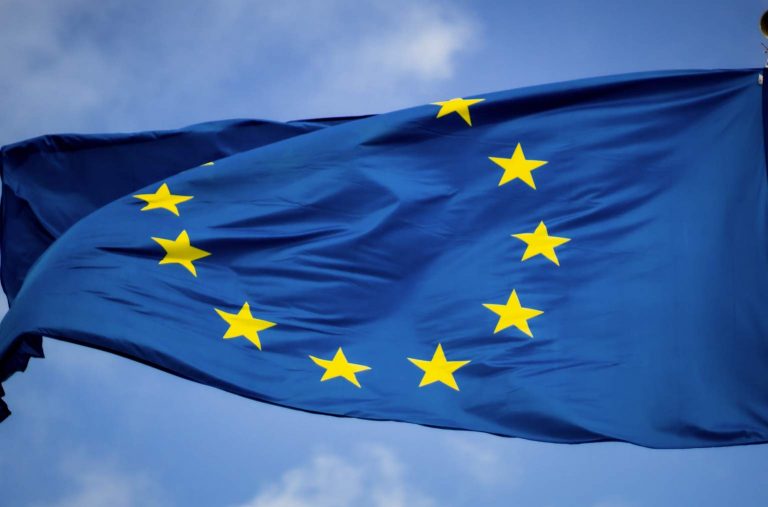
Brexit under May
Discussion and Analysis by Charles Porter:
The original Brexit vote was motivated by a dissensus within the incumbent Conservative government under David Cameron; at least that is the public and academic consensus. I argue that this suggests that the delivery of a final secession, and the eventual form that Brexit takes, will be definitive and complete. Whilst the media and critics may fear and criticise Theresa May’s commitment to a soft or incomplete Brexit, even her conjectured ambivalence about reversing the process entirely, the composition of the Conservative party is likely to force her hand to abide by the will of the Leave vote.
The market’s short-medium run consensus is bearish for the Pound, my view also remains this way. However, this article aims to uncover why this trend and expectations for its continuance might be over exercised and the bearish market over anticipated. Whether the desire for the United Kingdom to exit the European Union has been evolving and suppressed within the British public ever since 1973 is inconsequential. What matters is that the Brexit mandate is the democratic consequence of the June 2016 referendum; an event that was facilitated at this specific time by the internal dynamics of the incumbent Conservative government.
David Cameron’s Conservative party was staunchly divided on Brexit. This was not a new tension, or, for that matter, even one that has disappeared following Cameron’s resignation. Conservative MPs are almost equally divided on the matter of Europe. Whilst this numerically resembles the referendum divide, a geographical, voting result, and demographic analysis reveals that parliamentary representation does not correlate with public voting behaviour. Critically, therefore, the Conservative party is constrained.
To unite his party during the 2015 election campaign, Cameron included the pledge within the Conservative manifesto. There were additional reasons for this inclusion. For example, the wider conservative party feared a defection of voters and MPs alike to the United Kingdom Independence Party; UKIP. Therefore, in an appeal to the median voter and to develop the voter base during the referendum, the party offered a referendum, despite formally voting to remain. However, internal party dynamics were overwhelmingly responsible for the referendum opportunity, with a breakup of the party and defection possible had Cameron not conceded to a referendum. Critically, I argue that this division within the Conservative party will, once again, safeguard the deliverance of secession. This is because without a significant reshuffle of Conservative representatives, Members will assert pressure upon the leadership and cabinet to deliver.
This offers a critical market insight: despite public and media fears of a Brexit U-turn, so long as the Conservative party is the predominant government, a Brexit is almost a foregone conclusion. Therefore, upon the realisation of this conclusion, the uncertainty and risk that is priced within the foreign exchange market surrounding the secession negotiations and final exit arrangement could be alleviated. Uncertain effects surrounding the British political economy deteriorate the value and purchasing parity of the Pound Sterling. A potential for a partial revaluation, ceteris paribus, once this fact establishes itself is a strong possibility.
Ultimately, therefore, the Pound could be valued slightly higher than its respective intraday level by pricing out the uncertainty risk of a retrenchment from Brexit and a deliberate bad deal. As mentioned above, this does not reverse expectations of a bearish Pound Sterling. The absolute risk surrounding Brexit and the final exit deal still remains. Instead, what is overpriced, is the risk of a no B-Remain, a U-turn and the political and social fallout from this event.
This leads to the conclusion that despite rightful concern about Brexit negotiation progress and UK party politics, the constraint upon the government to execute a satisfactory and decoupled Brexit is stronger than one might realise at first glance. Following the devaluation of the Pound at market upon this morning, when Sterling lost more than half a percent against the Dollar and Euro, this message is increasingly salient.
While there are qualifications to this, not least the unstable absolute mandate of this Conservative government thereby raising the efficacy of defections, the Parliamentary and whip system can be supposed to offer some constraint upon Commons voting behaviour amongst Remain-inclined Members. Therefore, the only real threat to the foregone conclusion of a Brexit is a second referendum; a measure that the composition of the incumbent party should, once again, preclude. Members of the party would be constrained to follow their public mandate, however, have considerable power over whether to allow that mandate to manifest by blocking a referendum bill in the Commons.
In summary, regardless of your opinion on Brexit; good bad, beautiful or ugly, the UK’s secession from the European Union is almost inevitable. Outstanding circumstances outside the realm of normal governmental action and party politics would have to prevail with remarkable secrecy. The argumentation behind this conclusion further suggests that risk within the Pound Sterling, specific to Brexit, is overvalued. Therefore, the Pound Sterling may appreciate upon the realisation of the government’s real, de facto, commitment to leaving the Union. The Conservative party conference, that concluded yesterday, developed even more weight to this argument; Brexit is the only plausible option within the UK’s incumbent centre-right party.
Related Insights

Daily Brief – EU Inflation
EU Inflation With the ECB annual symposium meeting in sunny Sintra, Portugal, inflation is very much on President Lagarde’s mind ; that is because it is showing signs of rising with the monthly inflation rate showing an increase of 0.3% and that presages a break above the target 2% rate just as she and her colleagues […]

Daily Brief – Gold
Gold With Gold accounting for the second highest proportion of Central Bank reserves after the USD and the mood music shifting to it assuming a greater influence on future reserves management, it is worth looking at the numbers behind that. In the 1960s, Central Banks held the highest amount historically of 38,000 tons of gold. […]

Daily Brief – US Dollar
US Dollar Markets not liking POTUS pontificating on the Federal Reserve’s interest rate policy on Wednesday, and less still on his view about the competence or otherwise of Chairman Powell. Given the past few weeks, the betting is that Powell’s time is over either being replaced or having a Trump nominee second guessing him but […]


 Humphrey Percy
Humphrey Percy